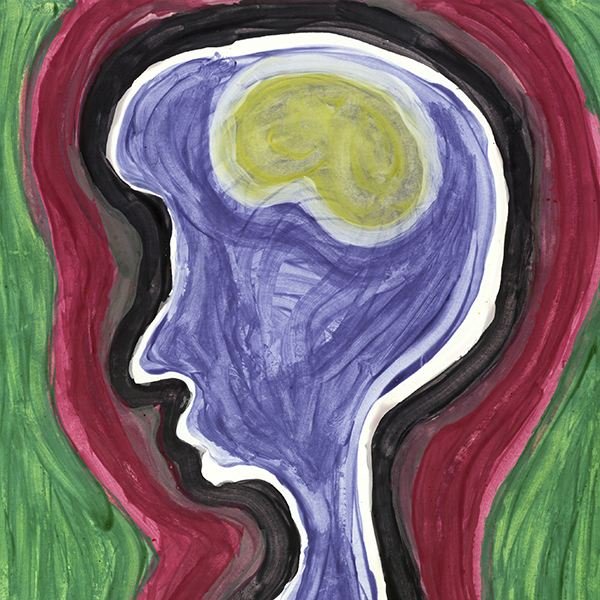Untreated Mental Health Issues: Are We Facing an Epidemic?
Even with children, mental health issues affect their daily lives leading to problems with education and peers in the school setting. The statistics are easy to understand. The reason why so many go without treatment is not.
Regarding children, up to 70-80 percent of those in the welfare and juvenile justice systems have diagnosable disorders. Children with mental health conditions have trouble with grades and the social aspects of the school environment. Over time, these problems escalate into chronic behavior issues in the school setting and can lead to suspension and expulsion if not treated.
With adults, the statistics are no better. Most employees have no idea how much of lost employee time is not actually “the flu.” Untreated or under-treated mental health conditions invade the workplace causing loss of productivity and absenteeism. Often, those with mental health conditions are fired due to these issues, or change jobs frequently searching for the wrong answer to their problem.
Spiraling Effects
The actual statistics state that at least 20% of people have a diagnosable mental disorder that impacts the cost of health care. One study showed that with depression, workers report the equivalent of 27 lost work days each year, either from lost productivity or absenteeism.
Mental conditions in the workplace are manifest in a myriad of ways. Behavior such as nervousness or irritability can result from mental health issues. A preoccupation with physical ailments and symptoms is a common occurrence. Depression can cause impaired judgment and fatigue.
Employees with depression may become passive, withdrawn, aimless, and unproductive. Individuals with mental health conditions, diagnosed or undiagnosed, often find themselves with substance abuse problems in their attempt to solve or medicate the problem on their own. Unfortunately, fewer than half of employees receive treatment that is considered adequate.
Barriers to Treatment
There seem to be two major hurdles when it comes to obtaining adequate mental health treatment. First, despite education, many still feel there is a stigma associated with mental health conditions. They feel they will be treated differently or that diagnosis will affect their ability to keep their job. Many feel they can handle their problem on their own rather than seeking professional help.
Second, even those with medical insurance cite that cost is a significant barrier. Typically, insurance companies significantly limit health care coverage. Therefore, there are more out-of-pocket costs with mental health conditions than with other medical conditions.
This may also explain why the primary response to mental health conditions is medication. The Centers for Disease Control and Prevention found, in a 2011 study, that the use of antidepressants has increased 400% since 1988, making these medications the most frequently used by those between 18 and 44 years of age. Many are seen in primary care settings and never referred for mental health consultations.
Employers and insurance companies need to realize there is significant savings in the treatment of mental health conditions. Proper treatment reduces absenteeism and improves productivity. It also reduces the occurrence of secondary conditions such as gastrointestinal distress, sleep disturbance, heart trouble, and fatigue. Although not a quick fix, treatment for mental health conditions helps not only the individual, but everyone in their lives.
References
- Harvard Medical School, “Mental Health Problems in the Workplace," February 2010, http://www.health.harvard.edu/newsletters/Harvard_Mental_Health_Letter/2010/February/mental-health-problems-in-the-workplace
- Mental Health Association in NC, Cape Fear Chapter, “Treating Mental Illness Makes Sense,” http://www.capefearhealthyminds.org/library.cgi?article=1115919700
- Maxwell, Scott, “Untreated Mental Health Problems Cost Us All,” August 27, 2013, http://articles.orlandosentinel.com/2013-08-27/news/os-scott-maxwell-mental-health-orlando-20130827_1_mental-illness-mental-health-problems-candice-crawford
- Kliff, Sarah, “Seven Facts About America’s Mental Health-care System,” December 17, 2012, http://www.washingtonpost.com/blogs/wonkblog/wp/2012/12/17/seven-facts-about-americas-mental-health-care-system/
- Mentor Health Institute, “The Impact of Untreated Mental Health Problems on Medical Care,” April 23, 2013, www.oregoncounseling.org/statistics/impact.htm
- Mayo Clinic Staff, “Mental Illness,” http://www.mayoclinic.com/health/mental-illness/DS01104
- Lloyd, Janice, “Many With Mental Illness go Without Treatment, Survey Says,” January 19, 2012, http://usatoday30.usatoday.com/news/health/medical/health/medical/mentalhealth/story/2012-01-19/Many-with-mental-illness-go-without-treatment-survey-says/52653166/1
